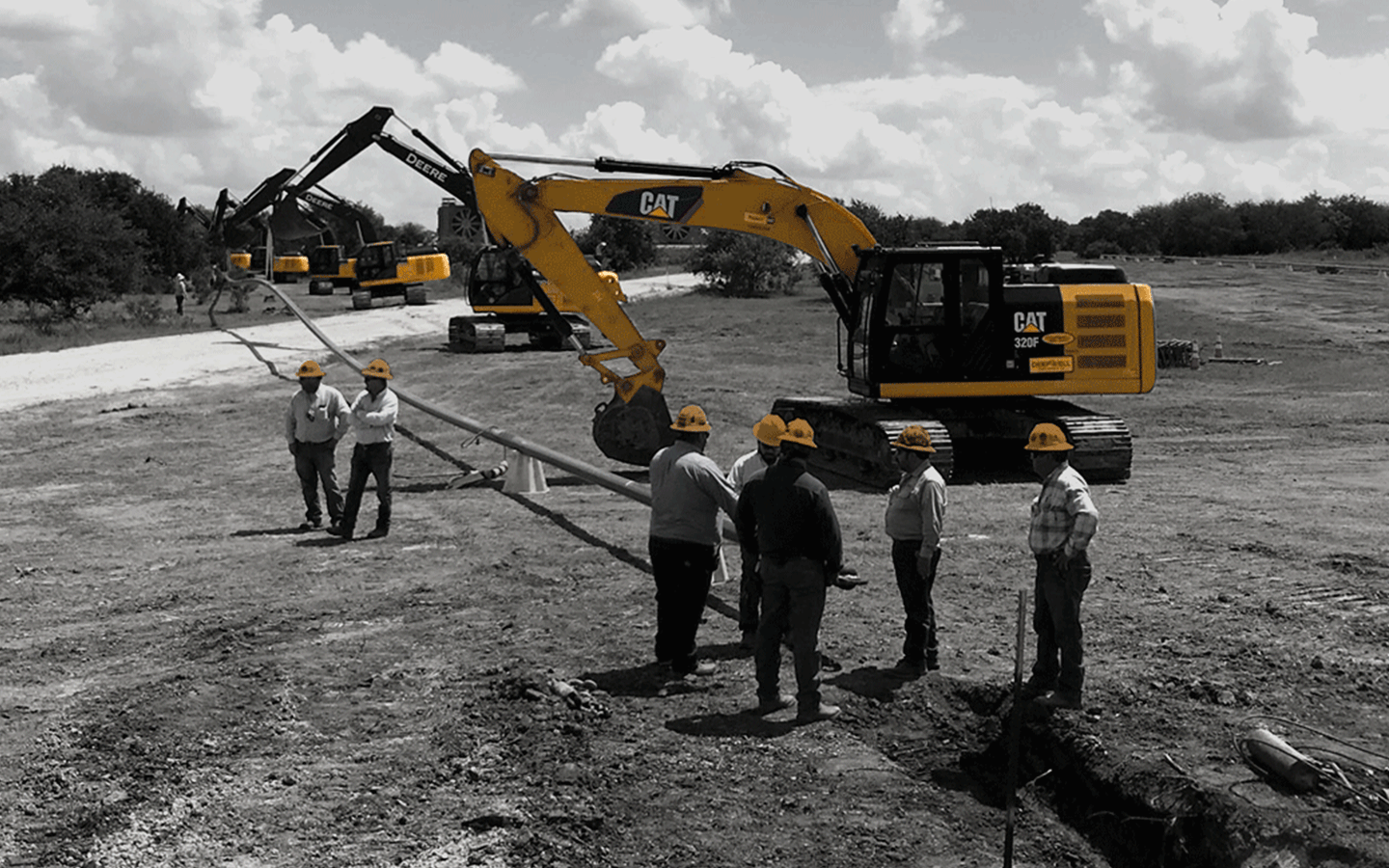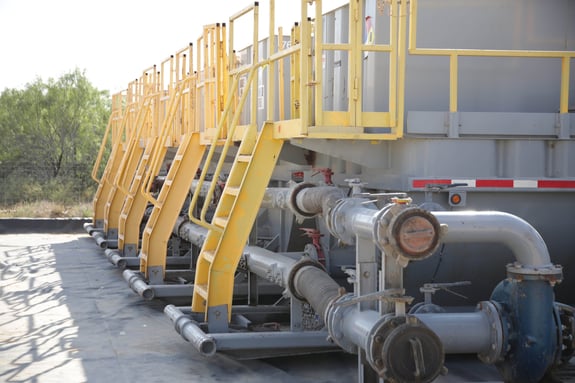All Regarding Oil Field Equipment and Pipeline Equipment: Secret Insights and Crucial Details
Oil field equipment and pipeline systems play a crucial function in the oil and gas industry. They are necessary for the effective removal and transport of hydrocarbons. Key parts, such as drilling rigs and tank, straight impact functional success. Improvements in innovation promise to improve security and efficiency. Recognizing these elements is crucial for anyone included in or interested in this intricate sector, as it sets the stage for deeper expedition of industry practices.

Overview of Oil Field Equipment
As the need for oil remains to expand, comprehending the equipment made use of in oil fields comes to be progressively important. Oil field equipment encompasses a variety of equipment and tools vital for exploration, removal, and processing. Trick elements include piercing rigs, which are crucial for getting to oil reservoirs, and manufacturing equipment, such as separators and pumps, that assist in the removal process. Superior Rentals fusion machines. Furthermore, storage space tanks play a considerable duty in holding petroleum before transport. Safety and security devices, consisting of blowout preventers and stress evaluates, assures operational safety and effectiveness. Each item of equipment functions cohesively to enhance production and maintain efficient process. Knowledge with this tools is very important for experts in the market to ensure effective operations and adherence to safety requirements
Kinds of Drilling Rigs and Their Applications
Drilling rigs work as the backbone of oil extraction operations, with various types developed for particular geological conditions and operational requirements. The most typical types include rotary drilling rigs, which use a rotating drill bit to penetrate the planet, and cable device rigs, recognized for their percussion exploration approach. For overseas operations, jack-up rigs and semi-submersible rigs supply security and assistance in marine atmospheres. Additionally, directional drilling rigs enable drivers to pierce at angles, getting to down payments that are not vertically obtainable. Each rig kind has unique advantages, maximizing efficiency and safety based on the exploration setting. Picking the proper rig is necessary for optimizing source removal while minimizing ecological impact and functional expenses.

Important Pipeline Equipment and Their Features
Pipeline facilities is essential for the transport of oil and gas from removal websites to refining facilities and end-users. Various crucial devices parts facilitate this procedure. Pipes themselves serve as the key conduits, created to withstand high stress and harsh substances. Pump terminals are critical for preserving circulation by boosting pressure along the pipeline. Shutoffs play an important function in regulating flow and isolating areas for upkeep. Additionally, fittings and ports assure protected joints between pipeline areas. Keeping track of systems, consisting of circulation meters and pressure sensors, are crucial for spotting leaks and enhancing circulation rates. Pigging tools is utilized for upkeep and cleansing, securing pipeline stability and effectiveness. Together, these elements form the backbone of a reputable pipeline system.
Advancements and Technologies in Oil and Gas Equipment

Safety And Security and Upkeep Practices in the Oil Market
While the oil industry has made significant strides in technology and performance, the relevance of durable safety and upkeep methods can not be overstated. Effective safety and security procedures are important to shield workers and the environment, minimizing the threat of mishaps and spills. Regular examinations and upkeep of equipment aid recognize prospective issues prior to they intensify, ensuring functional integrity. Educating programs for workers are vital, highlighting the significance of safety and security understanding and emergency feedback procedures. In addition, adherence to market laws and requirements fosters a society of safety. Carrying out advanced surveillance innovations can further boost upkeep methods, permitting real-time evaluations of equipment conditions. Inevitably, prioritizing safety and security and maintenance is indispensable to the sustainability and success of the oil market.
Regularly Asked Concerns
What Are the Ecological Impacts of Oil Field Equipment?
The ecological influences of oil field equipment include habitat destruction, water contamination, and air pollution (Superior Oilfield Rentals Texas). Furthermore, devices malfunction can result in spills, adversely affecting wild animals and ecological communities, highlighting the demand for rigorous laws and surveillance
Exactly How Is Oil Field Equipment Delivered to Remote Locations?
Delivering oil field equipment to remote places typically includes specialized lorries, helicopters, or barges. Logistics firms coordinate paths, guaranteeing equipment news gets here safely and efficiently, considering surface and availability to lessen delays and maximize performance.
What Regulatory Criteria Govern Oil Field Equipment?
Regulatory standards governing oil field equipment primarily consist of safety and security, environmental management, and functional effectiveness standards. Agencies such as go right here OSHA and EPA apply these policies to guarantee risk-free practices and decrease environmental impact in oil removal operations.
What Abilities Are Needed to Run Oil Field Equipment?

How Do Oil Prices Influence Equipment Demand and Use?
Oil prices greatly affect devices demand and use. Higher costs generally bring about boosted expedition and production tasks, driving demand for equipment. Conversely, reduced prices might result in minimized operations and reduced need for tools.